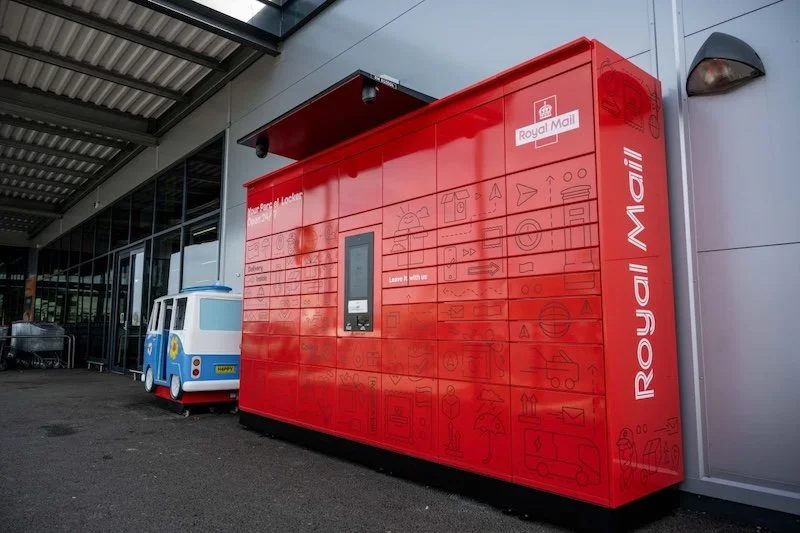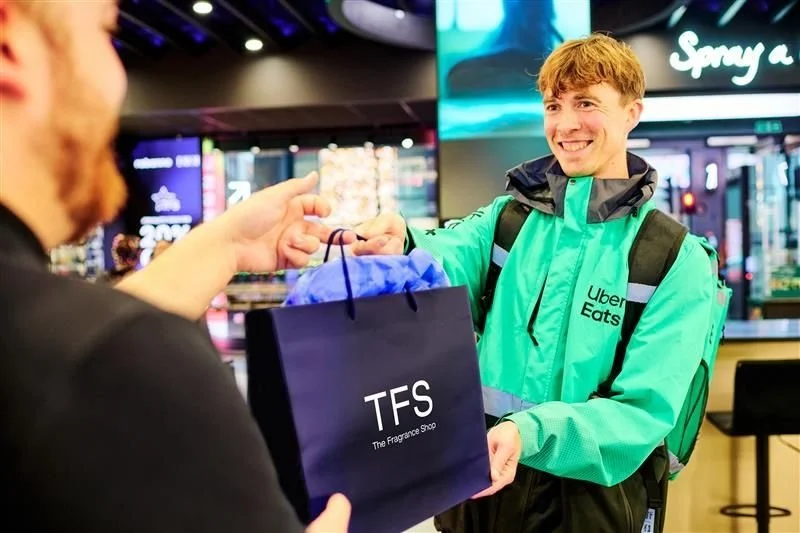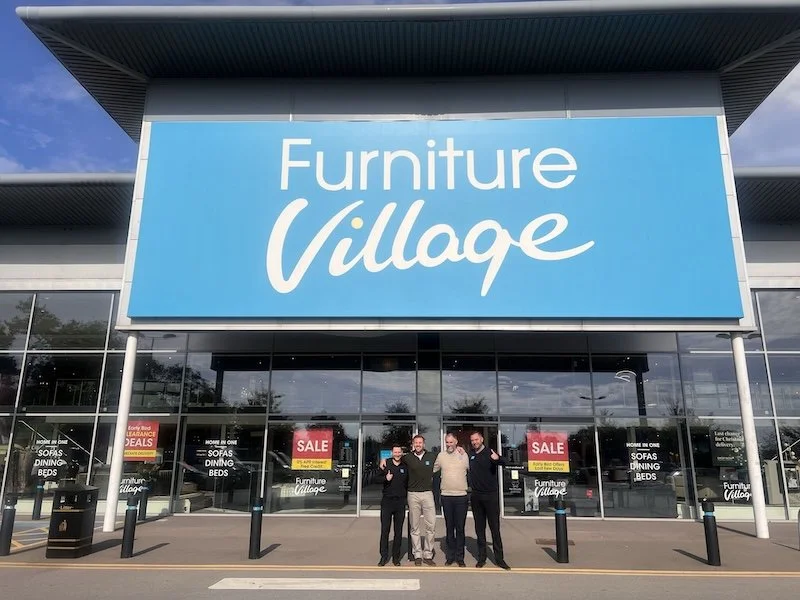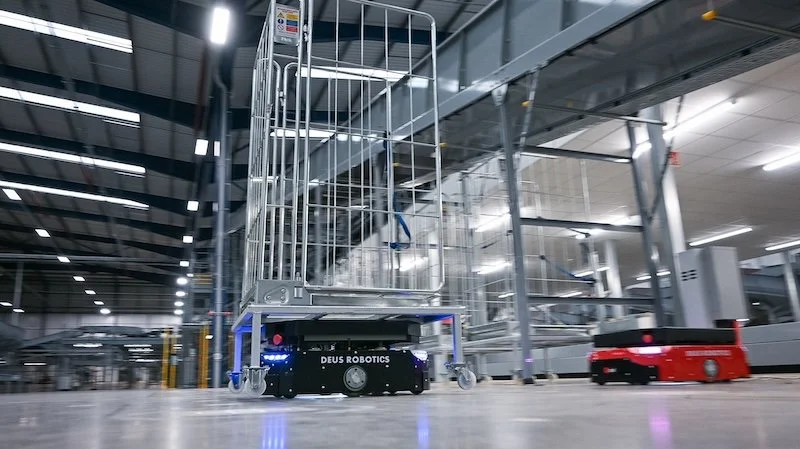New QR codes focused ECR Retail Loss report flags how to cut grocery retail waste and boost compliance
A new report from ECR Retail Loss sets out a roadmap for how 2D/QR codes with embedded expiry dates can transform grocery retail - cutting food waste, reducing losses, supporting compliance, and ultimately helping businesses sell more and lose less.
The benefits are substantial, the report claims. By embedding expiry data into scannable 2D/QR codes, retailers can: Block expired items from being sold - meaning shoppers are never sold an out-of-date product again; Gain real-time visibility of product freshness; Enable dynamic markdowns and smarter replenishment.
But while the technology is ready, scaling adoption across the grocery sector will require coordinated effort. That’s why the report outlines ten critical steps to accelerate adoption by 2030.
The framework is the result of a collaborative exercise involving more than 60 food waste experts, including representatives from 25 retailers and academics from five universities, who worked together to map out the industry wide conditions needed for success.
The ten critical steps:
1. Support regulatory requirements – QR codes can help retailers comply with emerging food safety and waste reduction laws
2. Make food waste a strategic priority – Progress depends on C-suite buy-in and cross-company investment
3. Standardisation across the industry – The sooner that retailers and industry bodies (inc CGF and FMI) agree end-to-end standardisation of 2D/QR codes powered by GS1, the faster adoption will accelerate
4. Appoint a clear internal owner – Assigning a “Directly Responsible Individual” (DRI) helps drive momentum across functions
5. Build a business case – Define success, measure ROI, allocate costs and measure benefits for all stakeholders
6. Ensure tech readiness – From PoS to ERP, update systems so they can read and act on QR code data
7. Engage internal teams – Train staff. Roll out tools, and build capacity to embed QR code use into new daily routines
8. Prepare suppliers and partners – Prepare the entire supply chain - from label printers to fresh food vendors. Help them buy into your vision.
9. Build consumer trust – Show how QR codes can offer real value to customers. From checkout accuracy to added product info
10. Think inclusivity – Ensure systems work for all users — including smaller suppliers and offline shoppers
“QR codes are not just a technology upgrade - they represent a fundamental shift in how retailers manage freshness, compliance, and profitability,” says John Fonteijn, Chair of ECR Retail Loss, Aholddelhaize. “This report provides a clear roadmap to help grocery businesses transition successfully by 2030.”
“This report is not intended to be definitive, exhaustive or the only version of the truth. But as a starting point for further discussion it should be a useful checklist for retailers looking to adopt this technology. And for industry bodies looking to speed up adoption of this game-changing new technology.”
Rosemary Brotchie, Senior Manager, Health and Sustainability, The Consumer Goods Forum, adds: “The findings of this report on 2D/QR code implementation make a valuable contribution to help the industry tackle food waste. It's encouraging to see clear, practical steps laid out to support wider adoption, and we will continue to work with industry partners in the CGF Food Waste Coalition to drive scalable solutions for a more sustainable future.”
The report’s findings were also endorsed by Doug Baker, Vice President Industry Relations for FMI. He comments: “As consumers increasingly seek transparency and the food retail industry strives to reduce waste in the supply chain, QR codes will play a pivotal role in delivering on these commitments, we believe this new report offers retailers a step by step guide towards a scaled deployment across the fresh categories in grocery retail.”
Elena Tomanovich, Senior Director, Industry Engagement at GS1, adds. “We are excited about the potential for this research to drive global, industry wide changes in fresh foods retailing. Next generation barcodes such as the QR Code powered by GS1 and GS1 DataMatrix are game-changers to help block the sale of products with additional data. Once fully deployed, shoppers will not buy an out of date product again.”
2025 RTIH INNOVATION AWARDS
Grocery retail will be a key focus area at the 2025 RTIH Innovation Awards.
The awards, which are now open for entries, celebrate global tech innovation in a fast moving omnichannel world.
Our 2024 hall of fame entrants were revealed during an event which took place at RIBA’s 66 Portland Place HQ in Central London on 21st November, and consisted of a drinks reception, three course meal, and awards ceremony presided over by comedian Lucy Porter.
In his welcome speech, Scott Thompson, Founder and Editor, RTIH, said: “The event is now into its sixth year and what a journey it has been. The awards started life as an online only affair during the Covid outbreak, before launching as a small scale in real life event and growing year on year to the point where we’re now selling out this fine, historic venue.”
He added: “Congratulations to all of our finalists. Many submissions did not make it through to the final stage, and getting to this point is no mean feat. Checkout-free stores, automated supply chains, immersive experiences, on-demand delivery, next generation loyalty offerings, inclusive retail, green technology. We’ve got all the cool stuff covered this evening.”
“But just importantly we’ve got lots of great examples of companies taking innovative tech and making it usable in everyday operations - resulting in more efficiency and profitability in all areas.”
Congratulations to our 2024 winners, and a big thank you to our sponsors, judging panel, the legend that is Lucy Porter, and all those who attended November's gathering.
For further information on the 2025 RTIH Innovation Awards, please fill in the below form and we will get back to you asap.































Continue reading…